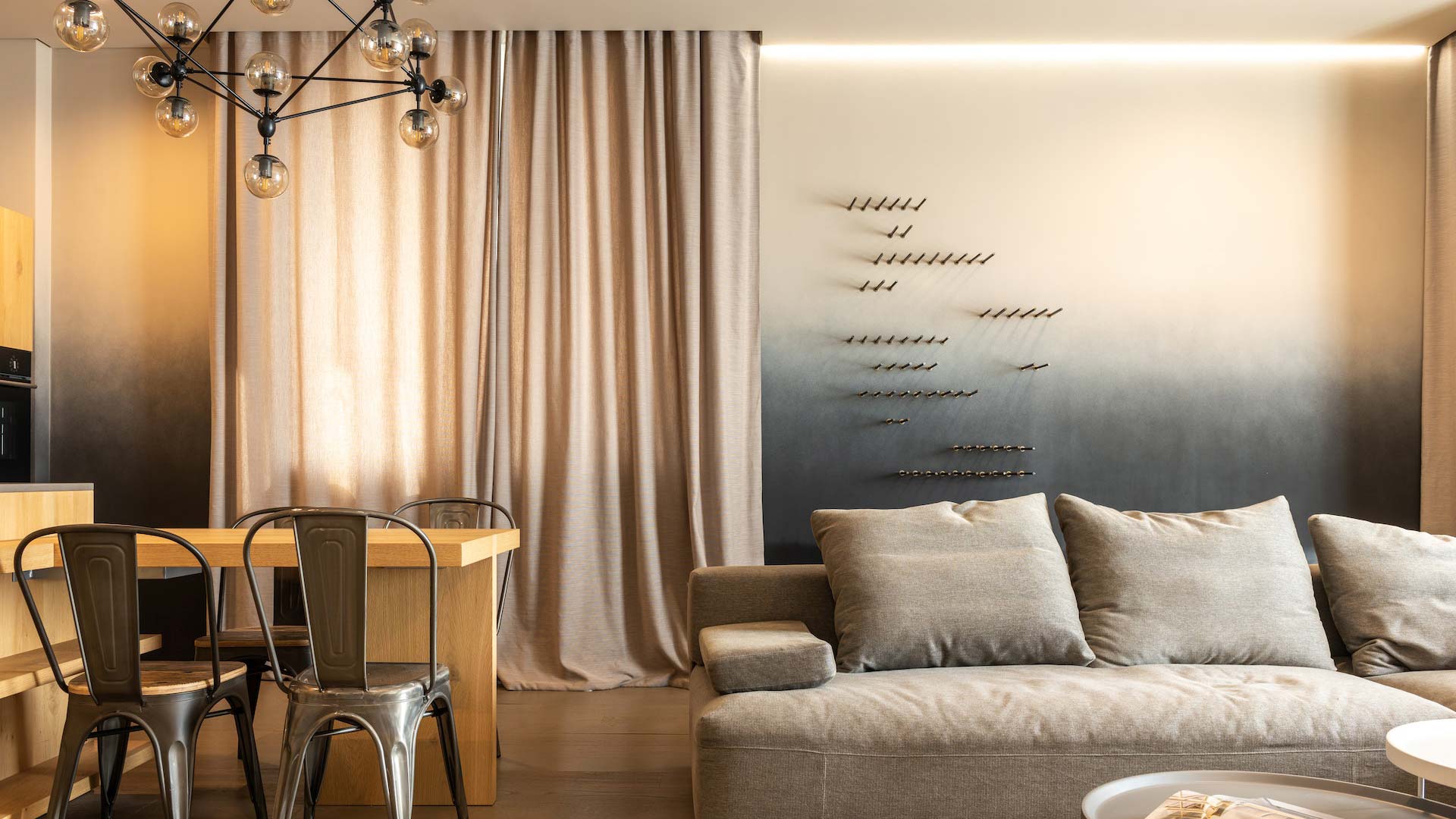
As an interior designer, I’ve witnessed firsthand the transformative power of proper lighting in shaping the atmosphere and functionality of a space. While often overlooked, lighting plays a pivotal role in enhancing the aesthetics, mood, and functionality of any interior design scheme. Let’s delve into why proper interior lighting is essential for creating spaces that are both beautiful and functional.
Setting the Mood: Lighting has the remarkable ability to set the mood and ambiance of a room. Whether it’s soft and diffused lighting for a cozy living room or bright task lighting for a productive workspace, the right lighting can evoke emotions and enhance the overall experience of a space.
Highlighting Architectural Features: Proper lighting can accentuate the architectural features of a space, adding depth and visual interest. Whether it’s highlighting a vaulted ceiling, showcasing a statement wall, or illuminating a stunning piece of artwork, strategic lighting can draw attention to the unique elements that make a space truly special.
Enhancing Functionality: In addition to aesthetics, lighting also plays a crucial role in enhancing the functionality of a space. Well-placed task lighting in kitchens and workspaces improves visibility and productivity, while ambient lighting in bedrooms and living rooms creates a comfortable and inviting atmosphere for relaxation and socializing.
Creating Visual Comfort: Proper lighting design takes into account the principles of visual comfort, ensuring that spaces are well-lit without being harsh or glaring. By balancing different types of lighting, such as ambient, task, and accent lighting, designers can create visually comfortable environments that are easy on the eyes and conducive to various activities.
Boosting Energy Efficiency: In today’s eco-conscious world, energy efficiency is a key consideration in interior design. By incorporating energy-efficient lighting fixtures and controls, designers can minimize energy consumption and reduce environmental impact without compromising on aesthetics or functionality.
In conclusion, proper interior lighting is a fundamental aspect of interior design that can significantly impact the look, feel, and functionality of a space. By understanding the importance of lighting design principles and harnessing the power of light, designers can create spaces that are not only visually stunning but also tailored to the needs and preferences of their clients. So, the next time you embark on an interior design project, remember to shed light on the importance of proper interior lighting.